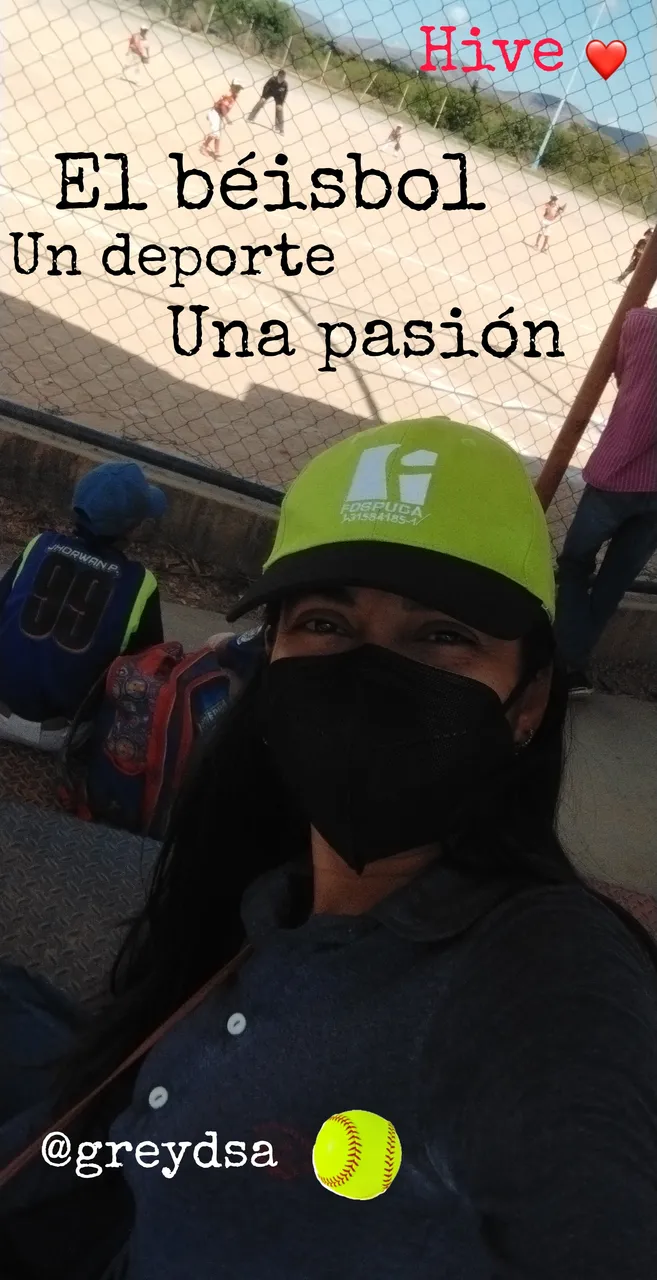
El béisbol
Baseball
Los jugadores ocupan las siguientes posiciones:
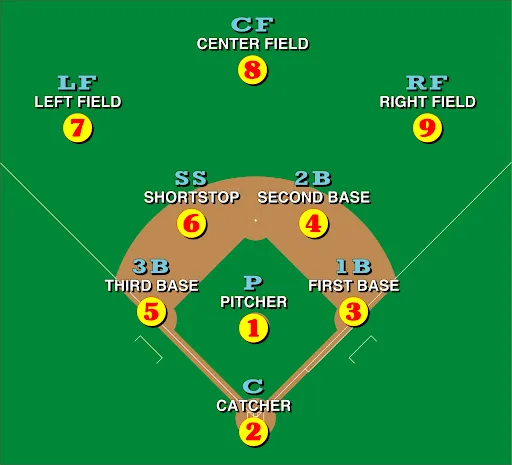
- Pitcher: es la posición número 1, es el encargado de realizar los lanzamientos de la pelota desde el montículo hasta el receptor o mejor conocido como cátcher, para hacer strike al bateador y este no batee.
- Receptor o cátcher: es la posición número 2, el receptor se ubica detrás del Home y el bateador, tiene como función recibir lanzamientos del pitcher. Este es el único jugador que tiene una vista opuesta al resto de sus ocho compañeros, así que a él se le hace más fácil indicar jugadas por medio de señas al pitcher.
- Primera base: es la posición número 3, es una posición muy importante ya que allí se hacen la mayor cantidad de out, este jugador debe ser rápido, con buenos reflejos y flexible.
- Segunda base: es la posición número 4, su función es atrapar los batazos por su zona y es importante en jugadas de doble play.
- Tercera base: es la posición número 5, es el encargado de evitar que las pelotas se vayan al jardín izquierdo.
- Campo corto o Shortstop: es la posición número 6, juega un papel importante en la defensiva, debido al gran espacio que abarca y las buenas jugadas que se dan en su posición.
- Jardinero izquierdo o left fielder: es la posición número 7, se ubica en la parte izquierda del jardín, se encarga de atrapar los batazos que van por su dirección.
- Jardinero central o center fielder: es la posición número 8, se ubica en la parte central del campo y se encarga de atrapar los batazos elevados e pedir que los corredores avancen.
- Jardinero derecho o right fielder: es la posición número 9, tiene la función de atrapar y cortar los batazos que vayan en su dirección.
Players occupy the following positions:
- Pitcher: it is position number 1, he is in charge of throwing the ball from the mound to the receiver or better known as a catcher, to strike the batter and he does not hit.
- Catcher or catcher: it is position number 2, the catcher is located behind Home and the batter, his function is to receive pitches from the pitcher. This is the only player who has an opposite view to the rest of his eight teammates, so it is easier for him to signal plays to the pitcher.
- First base: it is position number 3, it is a very important position since the greatest amount of out is made there, this player must be fast, with good reflexes and flexible.
- Second base: it is position number 4, its function is to catch the hits in its area and it is important in double play plays.
- Third base: it is position number 5, it is in charge of preventing the balls from going to left field.
- Shortstop or shortstop: it is position number 6, it plays an important role in defense, due to the large space it covers and the good plays that occur in its position.
- Left fielder or left fielder: it is position number 7, it is located on the left side of the garden, it is in charge of catching the hits that go in its direction.
- Center fielder or center fielder: it is position number 8, it is located in the central part of the field and is in charge of catching the high hits and asking the runners to advance.
- Right fielder or right fielder: it is position number 9, it has the function of catching and cutting the hits that go in its direction.
Los equipos que utilizan los jugadores de béisbol son:
- El Bate: El bate tiene peso y tamaño diferentes y comúnmente son hechos de madera como el arce y el bambú, composite que es un material muy resistente, también hay los fabricados de aluminio.
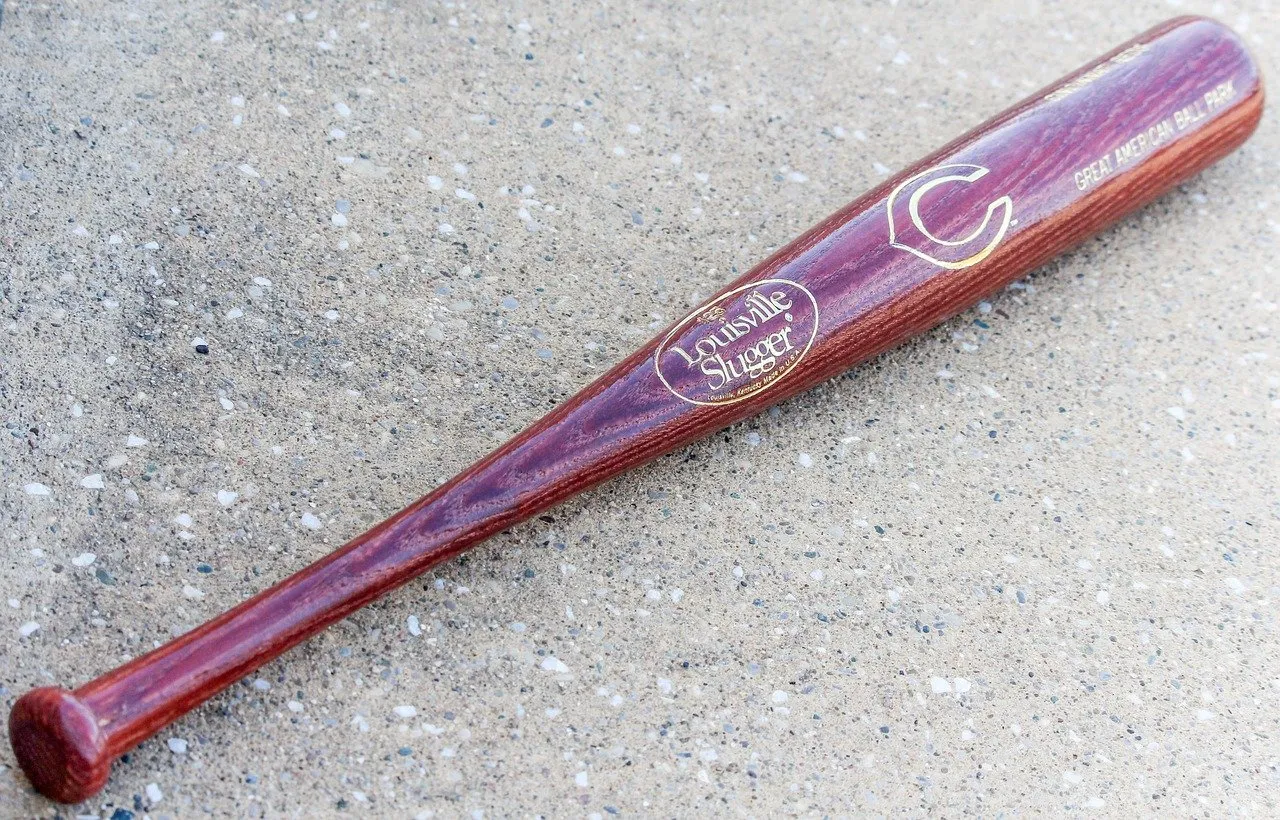
Fuente
Las medidas generales de un bate de béisbol son: contorno de no más de 2 3/4 de pulgadas y 7 cm de diámetro en la parte más gruesa y no más de 42 pulgadas y 1.07 m de largo. Sin embargo existe una tabla de medidas de bates por categorías de béisbol que describo a continuación: Dependiendo de la categoría en la que participe, existe una normativa específica que se debe cumplir para que un bate de béisbol sea considerado válido. \Sub-11 y Sub-13: La longitud máxima 32″ y el diámetro de la maza máximo 2′ 5/8″ \Sub-15: La longitud máxima 33″ y el diámetro de la maza máximo 2′ 3/4″ \*Sub-18, Sub-21 y Senior: Longitud máxima 35″ y diámetro de la maza máximo 2′ 5/8″ 84 a 96 cm de longitud, peso de 800 gr a 960 gr, desde 2" y 1/8 hasta 2 y 5/8 .
Pelotas: Generalmente son construidas de corcho o caucho y en algunos casos son combinados y puede constar de varias capas, a su alrededor tiene enrolladas varias capas de hilo, comenzando con uno de mayor grosor, y posteriormente uno más fino, por último se colocan dos capas de piel en forma de 8, cada una tiene 108 perforaciones a su alrededor lo que permite que sea cocida, es cocida con un hilo rojo.
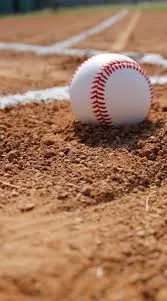
FuenteCasco: El casco protector lo debe utilizar el bateador, cumpliendo la finalidad de proteger la cabeza y cara del jugador.
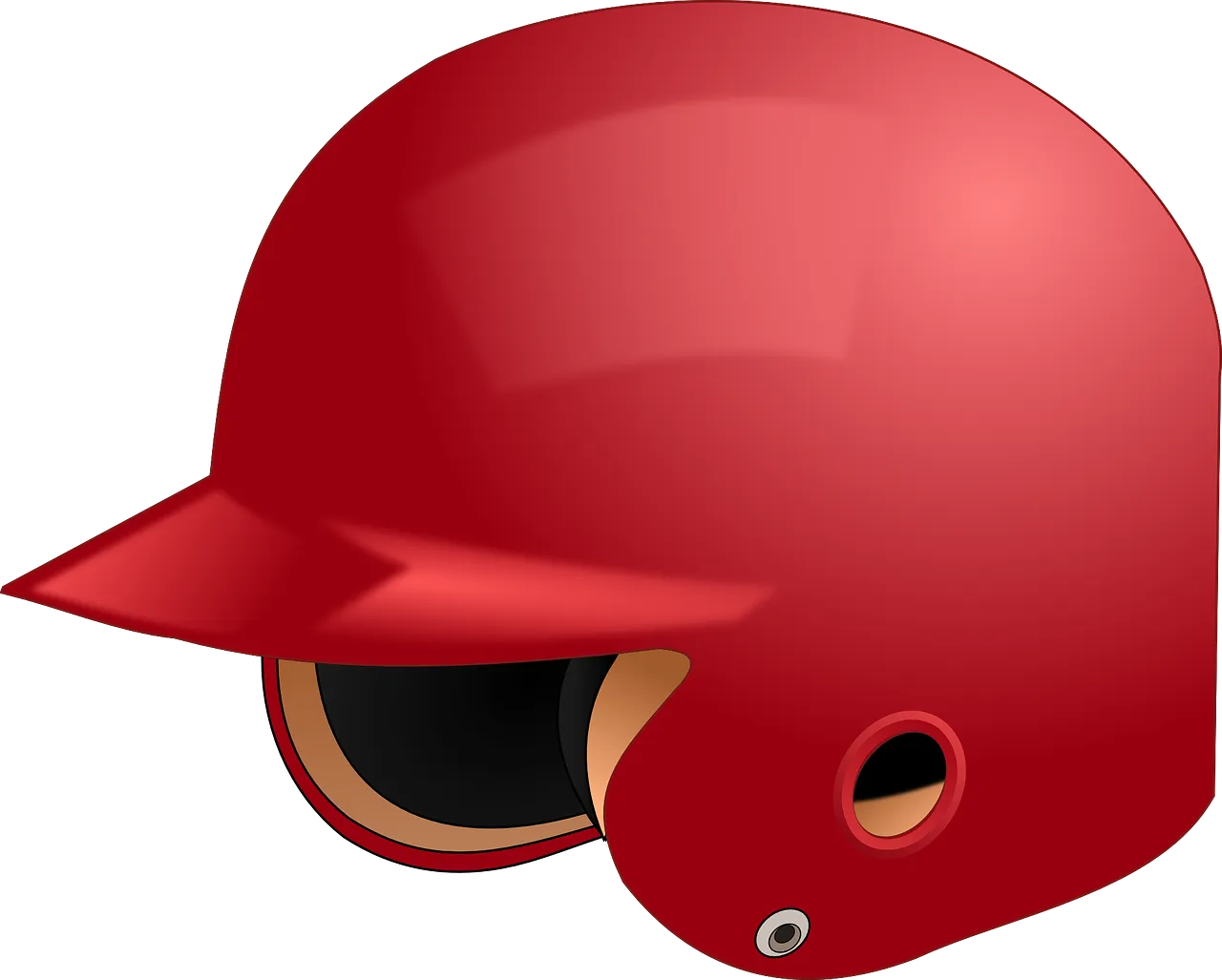
FuenteGuante: El guante de béisbol se utiliza en la ofensiva, permite el agarre de la pelota y ayuda a proteger la mano del jugador.
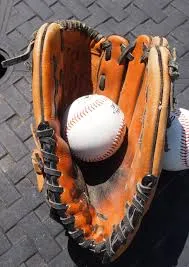
FuenteProtector genital o concha: Como su nombre lo indica protege las partes íntimas o genitales del jugador.
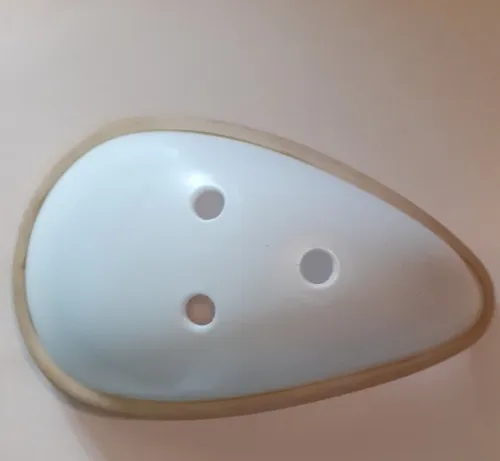
Esta imagen la utilice de mercado libre.
-Aperos de cátcher: careta, peto protector, chingala.
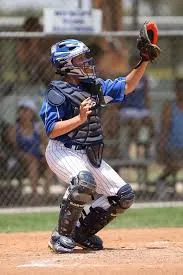
Fuente
Careta y casco: Generalmente viene única al casco, es muy similar al que utilizan los Bateadores, solo que este incluye la careta, está permite la visión del campo y a su vez protege la cara y cabeza del jugador. Peto: Tiene la función de proteger el pecho, esternón y abdomen del jugador, por su forma algunas veces también cumple la función de proteger los genitales del jugador. Chingala: Cumple con la función de proteger las rodillas, espinillas y empeine.
The teams used by baseball players are:
- The Bat: The bat has different weight and size and are commonly made of wood such as maple and bamboo, composite that is a very resistant material, there are also those made of aluminum The general measurements of a baseball bat are: girth no more than 2 3/4 inches and 7 cm in diameter at the thickest part and no more than 42 inches and 1.07 m long. However, there is a table of measurements of bats by baseball categories that I describe below: Depending on the category in which you participate, there is a specific regulation that must be met for a baseball bat to be considered valid. \* Sub-11 and Sub-13: Maximum length 32 ″ and maximum hub diameter 2 ′ 5/8 ″ \* Sub-15: The maximum length 33 ″ and the maximum hub diameter 2 ′ 3/4 ″ \* Sub-18, Sub-21 and Senior: Maximum length 35 ″ and maximum hub diameter 2 ′ 5/8 ″ 84 to 96 cm in length, weight from 800 gr to 960 gr, from 2 "and 1/8 to 2 and 5/8.
- Balls: They are generally made of cork or rubber and in some cases they are combined and can consist of several layers, around it it has several layers of thread wound, starting with a thicker one, and later a thinner one, finally they are placed two layers of skin in the shape of 8, each one has 108 perforations around it which allows it to be cooked, it is cooked with a red thread.
- Helmet: The protective helmet must be used by the batter, fulfilling the purpose of protecting the head and face of the player.
- Glove: The baseball glove is used in offense, it allows the grip of the ball and helps to protect the player's hand.
- Genital or shell protector: As its name indicates, it protects the intimate or genital parts of the player. Catcher gear: mask, protective breastplate, chingala.
Mask and helmet: Generally it comes unique to the helmet, it is very similar to the one used by hitters, only that it includes the mask, it allows the vision of the field and in turn protects the face and head of the player. Chestplate: It has the function of protecting the player's chest, sternum and abdomen, due to its shape it sometimes also fulfills the function of protecting the player's genitalia. Chingala: It fulfills the function of protecting the knees, shins and instep. I wish you a happy afternoon, hoping that this information is useful for each of the readers present here, infinite blessings to all.